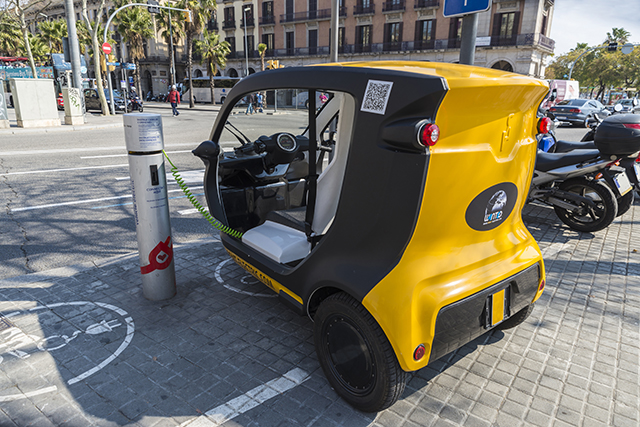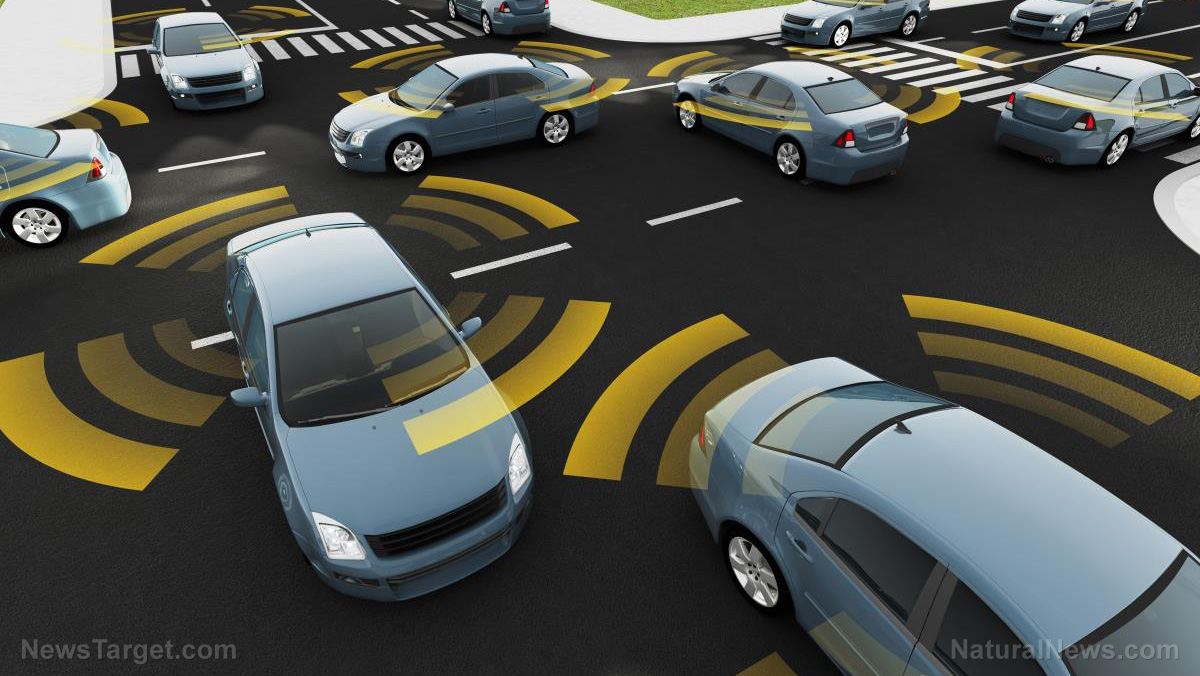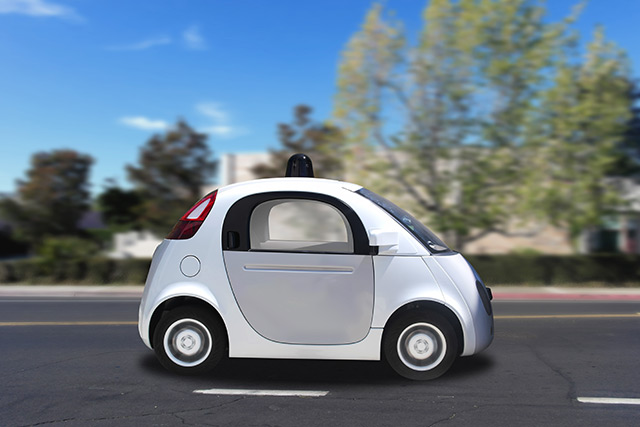U.S. regulators are looking for solutions to the problem of extremely silent electric cars
02/05/2019 / By Carol Anderson

Since the introduction of electric vehicles to the public, the days when cars seemed like they came straight out of a race track have ended. From loud, roaring engines in the past to quieter counterparts of gas-powered cars – times surely have changed.
At first, being able to produce less engine sound while running was marketed as an advantage. However, it now poses a danger to the general public. The downside of these vehicles is that at low speeds, it’s near impossible to hear them coming.
This can be a problem, particularly in places like a parking area or near driveways where people are often distracted or are too busy to look at their surroundings. Pedestrians may end up being in an accident for not noticing that a vehicle is coming toward their direction.
Dan Edmunds, director of vehicle testing at Edmunds said, “It’s pretty easy to sneak up on somebody, which isn’t really what you want to do.”
Because of this issue, the U.S. government is trying to look for ways to end the problem. In fact, in 2010, a law was passed by the Congress mandating that the National Highway Traffic Safety Administration (NHTSA) require all electric cars to make sounds at low speed. However, it was only in 2016 when the agency announced the regulation.
According to the regulation, all electric vehicles running at less than 19 mph should emit an audible sound. Meanwhile, cars traveling at a faster speed don’t need to comply as they already make enough noise from the wind and tire screeching.
Initially, the deadline for all electric car owners was set on September 2019, but in February 2017, the schedule was moved up to September 2020. However, car companies must reach 50 percent compliance on the first date given.
The NHTSA has estimated that at least 2,400 pedestrian injuries will be avoided once automakers complete the necessary adjustments. (Related: Electric cars just as dirty as petroleum-powered vehicles? New study sheds light on ‘zero emissions’ fraud.)
“I think the sensible, ideal thing long-term is to have proximity sensors that direct a pleasant sounding noise in the direction of where somebody is walking — so, therefore, it’s the least amount of noise, and it’s not annoying, and it’s only going to where it needs to go. That’s what I think is the right long-term solution,” Tesla CEO, Elon Musk said about the issue.
But for Edmund, Musk’s suggestion was too expensive and just adds “unnecessary complexity” to cars since it will require the development of new software.
One problem led to another
Car companies manufacturing electric vehicles have already invested millions in ensuring that their products emit an audible sound at low speed in compliance with the regulation. But even this solution poses a new problem – the sound they’re developing are not the same.
People are familiar with the sound of gas-powered cars. Even from a distance, it’s easy to identify when a vehicle is arriving, but in the case of electric cars, there’s no universal sound which we can tag as their “typical sound.”
Tons of new car models are in the works globally, which means tons of chirps, buzzes, and other sounds are also being developed, and people can’t be expected to memorize every single unique sound.
According to a study conducted at the University of California, Riverside, a group of subjects must be at least 74 percent closer to an electric vehicle to be able to hear its humming sound over a combustion engine. The slight difference in the time could mean either safety or danger for unknowing pedestrians. This is a serious threat to everyone, especially to those who are visually impaired.
Sources included:
Tagged Under: cars, electric cars, electric vehicles, future tech, gas powered cars, pedestrian safety, road accidents, road safety, silent cars, silent engines, technology, vehicular accidents



















